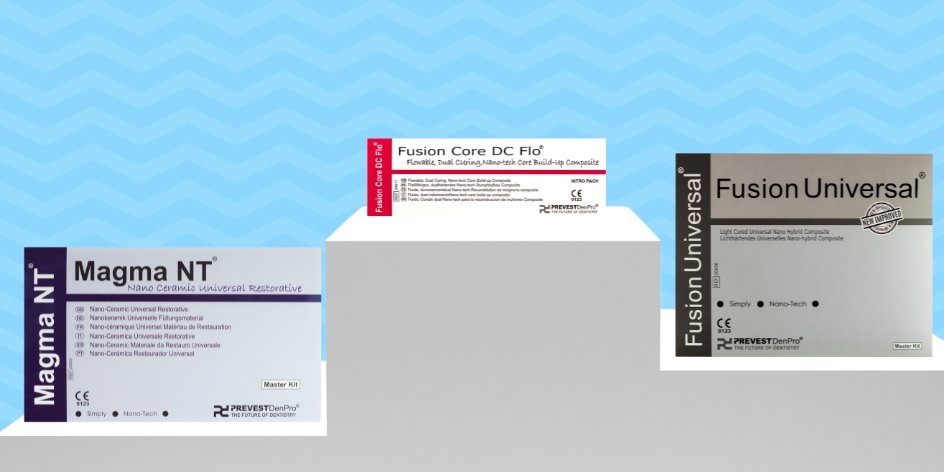Composite filling materials have transformed restorative dentistry’s landscape, offering aesthetic and functional solutions for tooth decay. Unlike traditional amalgam fillings, composite materials are designed to closely mimic the appearance of natural teeth, providing a functional restoration and enhancing the smile’s aesthetics. Their durability and resilience make them a preferred choice among dental professionals and patients.
Types of Composite Filling Materials:-
Composite materials are available in various formulations, each designed for specific applications in restorative dentistry. Understanding the different types can help practitioners select the most appropriate material for each case.
- Micro-filled Composites: These materials consist of small particles that provide a smooth finish and excellent polishability. They are ideal for anterior restorations where aesthetics are paramount. However, micro-filled composites tend to have lower strength compared to other types, making them less suitable for high-stress areas.
- Nano-filled Composites: Nano-filled composites incorporate nanoparticles, offering improved strength and aesthetic qualities. They combine the best features of micro-filled and traditional composites, providing enhanced polishability along with better wear resistance. This makes them suitable for both anterior and posterior restorations.
- Hybrid Composites: These materials are a blend of micro-filled and macro-filled composites, offering a balance of strength and aesthetics. They are versatile and can be used in various applications, making them a popular choice among dentists.
- Bulk Fill Composites: It represents a significant advancement in composite filling materials. Unlike traditional composites that require incremental layering and can be placed in thicker layers, which reduces the overall chair time and enhances efficiency in dental practices.
These composites have emerged as a revolutionary product in dental restorative materials. The primary advantage is their ability to be placed in layers of up to 4-5 mm, as opposed to the 2 mm limit commonly associated with traditional composites. This capability significantly reduces the time spent on the procedure, allowing for faster treatments without compromising the quality of the restoration.
- Superior Flow Properties- The superior flow properties enable them to adapt to the cavity shape effectively. This ensures complete coverage of the cavity walls, minimizing the risk of voids that can lead to secondary caries. The improved viscosity of these materials allows for easier handling and placement, making them ideal for large cavities.
- Aesthetic Appearance and Strength- Despite the thicker application, it maintains excellent aesthetic qualities. They are designed to match the natural color of teeth, ensuring that restorations blend seamlessly with the surrounding dentition. Additionally, advancements in material science have enhanced their strength and wear resistance, making them suitable for posterior teeth, which experience significant chewing forces.
Benefits of Composite Fillings
Composite fillings provide numerous advantages that make them a popular choice in modern dentistry:-
- Enhanced Aesthetics-
One of the most significant benefits of composite filling materials is their ability to mimic the appearance of natural teeth. They can be color-matched to blend in seamlessly with existing tooth structure, making them an ideal option for visible areas.
- Improved Bonding-
Composite materials bond chemically to the tooth structure, providing excellent retention and reducing the risk of microleakage. This bonding ability enhances the longevity of the restoration.
- Easily Shaped and Polished-
Composite fillings can be easily shaped and polished to achieve a smooth surface. This not only improves aesthetics but also enhances the restoration’s resistance to wear and staining.
- Reduced Sensitivity
Many patients experience less sensitivity with composite fillings compared to amalgam. This can be attributed to the material’s thermal expansion properties, which are more similar to those of natural tooth structure.
Composite fillings are less prone to the issues of expansion and contraction that can lead to cracks and failure in restorations. This makes them a more reliable option for long-term dental care.
Application Process:-
Cavity Preparation(The operator first prepares the cavity by removing any decayed or damaged tissue. This step is vital for ensuring a clean surface for bonding)
Etching(The cavity walls are then etched using a phosphoric acid solution, which roughens the surface thereby creating micro-retentive areas for the composite to adhere)
Bonding( A bonding agent is applied to the etched surface. This agent acts as a primer that improves the adhesion of the composite material to the tooth structure)
Layering(For traditional composites, the material is placed in incremental layers. However, with bulk fill composites, a thicker layer can be applied directly. It is essential to follow the manufacturer’s instructions regarding the maximum thickness for optimal curing)
Curing(A curing light is used to harden the composite material. This step is crucial for ensuring that the material achieves its optimal strength and durability)
Finishing and Polishing(Finally, the restoration is shaped and polished to achieve a smooth finish. This enhances both the aesthetic appearance and the wear resistance of the composite filling)
Conclusion
To conclude, composite filling materials, particularly bulk fill composites, have significantly advanced the field of restorative dentistry. Their aesthetic appeal, combined with their durability and ease of application, ensures that patients receive high-quality care that meets their needs. The ability to place bulk-fill composites in thicker layers not only improves efficiency but also enhances the overall patient experience by reducing chair time.
As dental technology continues to evolve, the development of innovative composite materials will likely lead to even more effective solutions for restoring dental health. Dentists can feel confident in choosing composite filling materials for their restorative needs, knowing they are providing patients with the best possible care.
By embracing these advancements, dental professionals can ensure that they are well-equipped to address the challenges of restorative dentistry, ultimately leading to improved patient outcomes and satisfaction.

